Devnya Municipality is in Varna Province, northeastern Bulgaria. It is the home of Devnya Cement AD, the largest cement producer in Bulgaria.
The administrative center of Devnya Municipality is the town of Devnya.
Devnya Municipality Contact Details
Devnya Municipality
78 Saedinenie Boulevard
Devnya 9162
Bulgaria
Tel: +359 (0)519 47011
Fex: +359 (0)519 47012
Email: kmet@devnia.bg
History of Devnya Municipality
They were built under the springs and upstream of the Devnya River. The earliest record of them is from 1640 by Catholic Bishop Peter Bogdan. He writes that there are 25 watermills on the Devina River, all owned by Turks, each costing five or six thousand meager. Turkish traveler Evliya леelebi (1651) notes that around the springs there were forty to fifty watermills owned by ayani villas, each costing more than one borrower, and that the population of Dobrudzha and Deliorman came here to grind their food. An Ottoman document of 1774 mentions the Devin’s watermill, which was conquered by the Russians after the Turks defeated the village of Kozludzha (Novgradets / Suvorovo). On April 24, 1829, Russian military correspondent Viktor Teplyakov welded 24 guards, all destroyed probably during the war1.
Until the Liberation, all the watermills were without exception owned by Turks or mosques in Varna, Provadia, Shumen, Kozludzha2. In 1884, Konstantin Irechek found 34 watermills, most of which belonged to Turks and one to Gypsies, but the tenants were Bulgarians. In 1898 the watermills were 32, three of which were deserted.
By the time of Liberation, the watermills were non-Baptist, small and primitive. They were driven by the water of the springs, which started the Devnya River. Along some of the springs were built dams that raised the level, and hence the strength of the falling water. All the watermills had wooden wheels – dulaps3 (built after the Liberation and iron). The flowing (flowing) water gave the watermills a capacity of 10 to 26-30 k. The village of Vodenitsy had 1-2 stones, and one – 5. Many of them were grinding simple types of flour (together with bran). GN Kolushki writes: “Because all the surrounding area is extremely waterless, the Devnya watermills were almost the only ones used by the population, especially in winter, from several districts, such as Varna, Dobrich, Provadia and Novo-Pazar. “4. Devin’s watermills had one advantage over the others – they worked year-round. The water in the springs did not freeze, but was constantly flowing. In the autumn, especially in the months of September and October, 300-400 cars loaded with wheat, rye and corn were collected at the mill. One part of them was grinded for local needs and the other was sold on the grain market, from where it was exported mainly to Constantinople through the Varna rock. The millers brought decent income in kind or money to their owners (or tenants). The thirteen creeks gave the miller one to the miller (in 1938 the grip at the Main Bridge bridgehead was reduced from one in every twentieth to one in every twenty-fifth wing). In the Nebetchi watermills, along with the owner worked 1-2, and in the commercial – from 5 to 22 employees.
In 1892, 73 stones were installed in the 32 Devnya watermills. Eight of the millers were grinding flour, with daily production of up to 30 tonnes.
In the 90s of the 19th century, the first roller guides were also built: Enchev, Shotov & Co (1893), Avram Hadji Present (1896). Merchants grind flour for sale by buying grain from the grain market. Ten of the millers at that time produced flour for export, mainly to Constantinople, Kavala, Thessaloniki, Smyrna (Izmir) and Korsun (Sevastopol). Competitive trade in flour was hampered by the lack of rail and good roads. In 1898 the Devonian watermills were connected by rail to the station of Gebedge and from there to Varna, Ruse and Sofia. Highways were also built from the grain market to the largest watermills. This improved the mill’s supply of cereals and facilitated the export of flour.
In 1903, there were 31 water mills, 12 of which were commercial5. One of the watermills was powered by a water turbine, the rest by iron or wooden mullets. The Nebetsian millers grinded 37 local stones, three of the merchant millers grinded 11 rolls, and the rest with 17 “French” flint stones. The daily production of the non-Bethany mill reached about 90 tons of flour, and the daily production of about 150 tons of flour and 12 tons of bran.
Following the declaration of independence of the Kingdom of Bulgaria (September 22, 1908), Turkish ports boycotted Bulgarian merchants and the flour trade tightened. However, in 1909 and 1910, two new rolling mills were put into operation – “D. K. Popov ”and“ Nikola Popov & Sons ”. Significant improvements were also made to the Staniu K. Geshev & CE and Nikola Enchev & CE watermills 6.
By 1927, the mill industry of the Devnya River was represented by the great millers “D. K. Popov ”,“ Lutskanov & Iliev ”,“ Nikola Popov & Sons ”,“ Proichev & Shotov ”,“ Sila ”AD,“ Ivan Stoyanov & Son ”. These modern watermills were equipped with engines, machinery and equipment imported from Germany. This improved the quality of the flour and hence their competitiveness in the foreign market. The capital invested in these water mills exceeded BGN 60 million in annual production (again in 1927) of over 25,000 tonnes of flour and bran, of which 13 263 tonnes for export7. At that time, the Devonian flour reached the Aegean and continental Greece, Syria, Palestine, Egypt (Alexandria), Italy, Austria and Czechoslovakia. From 1931 the water mills Ivan Tsankov & Co. and Alexander Lyutskanov & Co. worked as power plants and supplied the Devnya River with electricity.
In the late 1920s, the milling industry in the Varna region was overcrowded (there were over 400 mills in the Varna Chamber of Commerce and Industry in 1935-1936) and began to decline. The competition of steam and diesel mills, built near roads and railroads, hit the Devonian watermills and they could not recover. Of the 32 water mills at the beginning of the century, by the 1940’s, 21 remained, of which 17 were working 4 commercial and 13 non-Dhotian. Commercial watermills grinded 140 tons a day, and non-mercury grinders 80 tons8.
By virtue of the nationalization law of private industrial and mining enterprises (promulgated on December 27, 1947), 9 were rolled up 7 roller and 4 non-seamount watermills. The others gradually ceased their work.
Today, most of the watermills are destroyed. The motive power – the water at the springs, is captured, the river bed changed, the water draws to the watermills – clogged.
Geography of Devnya Municipality
Berkovitsa Municipality covers an area of 464 sq km. It is the southernmost municipality of Montana Province. It lies on the northern slopes of the western Balkan mountains, with hilly terrain broken up by streams flowing through its territory. The area is rich in wildlife and vegetation, with blueberries and raspberries filling the stomachs of many a wanderer during long summer afternoons.
There are 20 villages and towns in the municipality with a total population of about 18,000 people. Almost 75% of the population, over 13,000 people, reside in the town of Berkovitsa. Barziya, population 1400, and Zamfirovo, population 1200, are the only other villages of any size. None of the rest rises above 300 souls. They include Balyuvitsa, Bistrilitsa, Bokilovtsi, Borovtsi, Chereshovitsa, Gaganitsa, Komarevo, Kostentsi, Kotenovtsi, Leskovets, Mezdreya, Parlichevo, Pesochnitsa, Rashovitsa, Slatina, Tsvetkova Bara, and Yagodovo.
Economy of Devnya Municipality
Devnya municipality is an economically developed region. The industry, which has developed in the following directions: production of soda, fertilizers, heat, production of building materials, sugar, etc., is of decisive importance in the structure of the municipal economy.
The main factors determining the condition of the municipal economy are:
macroeconomic situation
the strategic position of the municipalities of Varna, Devnya and Beloslav designated as a region for growth and development of the region as a national transport and logistics center linking European corridors 7 and 8 with TRACECA – Eurasian Corridor 8
the development of socio-economic links with the border municipalities – Provadia, Suvorovo, Beloslav
production facilities and technical infrastructure
The municipality has several of the largest chemical plants in the country – Solvay Sodi AD, Agropolychim AD, Polymers AD. The construction industry is represented in two directions – production of building materials – Devnya Cement AD and construction activity – Factory Works AD. For industrial purposes, Deven Plc produces heat for the needs of Devnya enterprises. The food industry includes the processing of unrefined sugar by Devnyski Sugar Factory EOOD.
Agriculture
The agricultural sector in the municipality is represented by three agricultural cooperatives, tenants and private farmers. 52 thousand acres of agricultural land are cultivated, on which wheat, corn, barley, sunflower and others are cultivated. Livestock production is mainly developed in the private sector and in the Cyprus Cooperative.
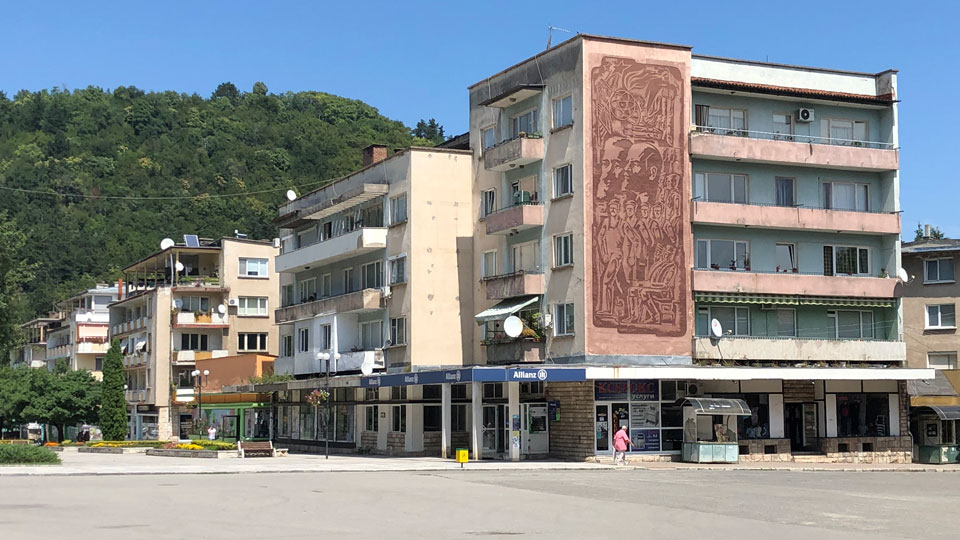
Tourism in Devnya Municipality
Roman and Early Byzantine city of Marianopolis (II-VI Centuries C.E.), Roman villa with Mosaics (IV-VI Centuries C.E.), Roman Amphitheatre (II-III Centuries C.E.).
Thracian rock hewn cemetery (Kipra)
The land of the village of Cyprus was inhabited from ancient times. The earliest traces of human life here date from the Stone-Copper Age (Eneolithic) – V millennium BC. – 3200 BC and the Bronze Age (3200-1200 BC) 1.
To the east of the village of Cyprus, at the foot of the Frangen Plateau, there was a settlement dating from the Copper Age, and to the very plateau to the northwest of the village is located a Thracian necropolis from the end of the Early Iron Age (5th c. BC) 2. In 1941, several graves were discovered at the foot of the Zhang Bair hill. They were carved into the rock like troughs and covered with stone slabs above. There were clay urns filled with the dead bones of the dead man. Of particular interest is one of the urns3. The vessel has one of the usual forms of Thracian burial urns. However, a rare motif for decoration was used here – a cross with broken shoulders, the so-called swastika4. The settlement of that time was located to the south, on a sloping terrace at the western end of today’s village. Later, in the first centuries after Christ, the Thracian settlement was moved east of today’s village. There, on the slope of the hill, in the first half of the 3rd century, was erected a sanctuary of the Thracian God-horseman (Heros). Evidence of this are the four vowed reliefs dedicated to the Thracian God-horseman found here5.
At the beginning of the 1st century, the Thracians were conquered by the mighty Roman Empire. During the Roman era, new settlements emerged, roads and fortresses were built. The land of the village of Cyprus falls within the urban territory of the Roman and early Byzantine city of Marcianopolis 7 (founded in 106 by Emperor Mark Ulpius Trajanus) on the occasion of his victories over the Dacians in 101-102 and 105-106).
Traces of the Marcianopolis – Noviodunum road (Noviodunum, present day Isakcha, Romania) 8 have been found southeast of the village of Cyprus in the Futula area9. There are also traces of a road station. A road column bearing a Latin inscription was found near this time in 1943. It is dedicated to the emperors Theodosius I (379-395) (Flavius Theodosius) and his son Arcadia (383-408) (Flavius Arcadius) and dates between 383 and 393 AD.10
The land of the village of Cyprus was also inhabited during the early Middle Ages. In 1958, a pot and a hatchery were discovered in the Oreshaka area, west of the village, of an early medieval pagan necropolis with corpses destroyed during the plowing11. The settlement to which the necropolis belonged has not been discovered so far. There are also three ceramic kilns dating from the early Middle Ages, discovered during excavation work in 1982 in the center of the village. The excavator almost completely destroyed one and damaged the front of the other two furnaces. The excavation works also completely destroyed the ceramic workshop. The furnaces are completely buried in the clayey terrain. They have the same construction – single-storey (single-chamber), circular with hemispherical vault and dimensions – floor diameter 2.20-2.25 m, height of the vault 1.20 m. At the bottom of the furnaces a chimney-shaped square with walls 0.16 / 0.21 m. The furnaces have been used for a long time, proof is the repeated smearing that was carried out in places where the clay was burned out by the high temperature. From the repeated burning of the fire, the walls of the furnaces were baked to 0.35-0.40 m. The furnaces were abandoned and there were no baked vessels left in them. During the clearing of the embankment, small fragments of early medieval pots were discovered to give an idea of the production that had burst into them. The fragments found belong to the two main types of ceramic products used in the Bulgarian state towards the end of the 8th and the first half of the 9th century. and then applying the ornament of polished stripes. The fragments from the oven bins are exactly the same as the pot and the jug found in the nearby Proto-Bulgarian necropolis in the Oreshaka area, which indicates that they were made in the open pottery workshop. Vessels of similar shape and decoration were found in both pagan necropolises in the eastern industrial zone of Devnya and in the Slavic necropolis near Razdelna village. This suggests that ceramic production in a significant area around medieval Devina was made in the same ceramic workshop. The pagan early Bulgarian necropolises near Devnya and Razdelna date from the second half of the 8th and the first half of the 9th century. The fragments of vessels found in the ceramic kilns of Cyprus, typical of the necropolises of Devnya and Razdelna, allow them to be referred to at the same time12.
In the fall of 1964, a collective find of bronze Byzantine coins weighing 9.9 kg was discovered on plowing land in the village of Cyprus, northeast of medieval Devina (Devnya) 13. The treasure contains 888 anonymous bronze coins (27-34 mm in diameter and 8-21 g in weight), cut on behalf of the Byzantine emperors John I Zimischiy (969-976), Basil II and Constantine VIII (976-1025), Constantine VIII and Roman III Argier (1028-1034) 14. The coins (placed in a clay pot from which only debris was found) were hidden during the invasion of the Pechenegs south of the Danube in 1032 (or 1034) 15.
Museums in Devnya Municipality
Mosaic Museum
Notable People from Devnya Municipality
Lazar Dukov Politician
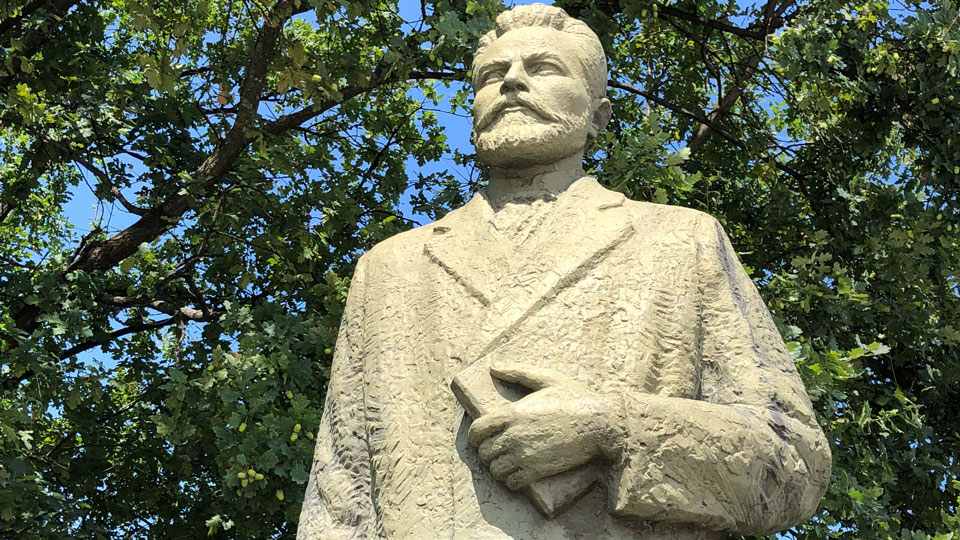
Aksakovo • Alfatar • Anton • Antonovo • Apriltsi • Ardino • Asenovgrad • Avren • Aytos • Balchik • Banite • Bansko • Batak • Belene • Belitsa • Belogradchik • Beloslav • Belovo • Berkovitsa • Blagoevgrad • Boboshevo • Bobov Dol • Bolyarovo • Borino • Borovan • Borovo • Botevgrad • Boychinovtsi • Boynitsa • Bozhurishte • Bratsigovo • Bratya Daskalovi • Bregovo • Breznik • Brezovo • Brusartsi • Burgas • Byala (Ruse) • Byala (Varna) • Byala Slatina • Chavdar • Chelopech • Chepelare • Chernoochene • Cherven Bryag • Chiprovtsi • Chirpan • Chuprene • Dalgopol • Devin • Devnya • Dimitrovgrad • Dimovo • Dobrich • Dobrichka • Dolna Banya • Dolna Mitropoliya • Dolni Chiflik • Dolni Dabnik • Dospat • Dragoman • Dryanovo • Dulovo • Dupnitsa • Dve Mogili • Dzhebel • Elena • Elhovo • Elin Pelin • Etropole • Gabrovo • Galabovo • Garmen • General Toshevo • Georgi Damyanovo • Glavinitsa • Godech • Gorna Malina • Gorna Oryahovitsa • Gotse Delchev • Gramada • Gulyantsi • Gurkovo • Hadzhidimovo • Harmanli • Haskovo • Hayredin • Hisarya • Hitrino • Ihtiman • Iskar • Isperih • Ivanovo • Ivaylovgrad • Kaloyanovo • Kameno • Kaolinovo • Kardzhali • Karlovo • Karnobat •Kaspichan • Kavarna • Kaynardzha • Kazanlak • Kirkovo • Knezha • Kocherinovo • Koprivshtitsa • Kostenets • Kostinbrod • Kotel • Kovachevtsi • Kozloduy • Kresna • Krichim • Krivodol • Krumovgrad • Krushari • Kubrat • Kuklen • Kula • Kyustendil • Laki • Lesichovo • Letnitsa • Levski • Lom • Lovech • Loznitsa • Lukovit • Lyaskovets • Lyubimets • Madan • Madzharovo • Maglizh • Makresh • Malko Tarnovo • Maritsa • Medkovets • Mezdra • Mineralni Bani • Mirkovo • Miziya • Momchilgrad • Montana • Nedelino • Nesebar • Nevestino • Nikola Kozlevo • Nikolaevo • Nikopol • Nova Zagora • Novi Pazar • Novo Selo • Omurtag • Opaka • Opan • Oryahovo • Panagyurishte • Parvomay • Pavel Banya • Pavlikeni • Pazardzhik • Pernik • Perushtitsa • Peshtera • Petrich • Pirdop • Pleven • Plovdiv • Polski Trambesh • Pomorie • Popovo • Pordim • Pravets • Primorsko • Provadiya • Radnevo • Radomir • Rakitovo • Rakovski • Razgrad • Razlog • Rila • Rodopi • Roman • Rudozem • Ruen • Ruse • Ruzhintsi • Sadovo • Saedinenie • Samokov • Samuil • Sandanski • Sapareva Banya • Sarnitsa • Satovcha • Septemvri • Sevlievo • Shabla • Shumen • Silistra • Simeonovgrad • Simitli • Sitovo • Sliven • Slivnitsa • Slivo Pole • Smolyan • Smyadovo • Stolitsa • Sopot • Sozopol • Sredets • Stamboliyski • Stambolovo • Stara Zagora • Straldzha • Strazhitsa • Strelcha • Strumyani • Suhindol • Sungurlare • Suvorovo • Svilengrad • Svishtov • Svoge • Targovishte • Tervel • Teteven • Topolovgrad • Tran • Treklyano • Troyan • Tryavna • Tsar Kaloyan • Tsarevo • Tsenovo • Tundzha • Tutrakan • Tvarditsa • Ugarchin • Valchedram • Valchi Dol • Varbitsa • Varna • Varshets • Veliki Preslav • Veliko Tarnovo • Velingrad • Venets • Vetovo • Vetrino • Vidin • Vratsa • Yablanitsa • Yakimovo • Yakoruda • Yambol • Zavet • Zemen • Zlataritsa • Zlatitsa • Zlatograd


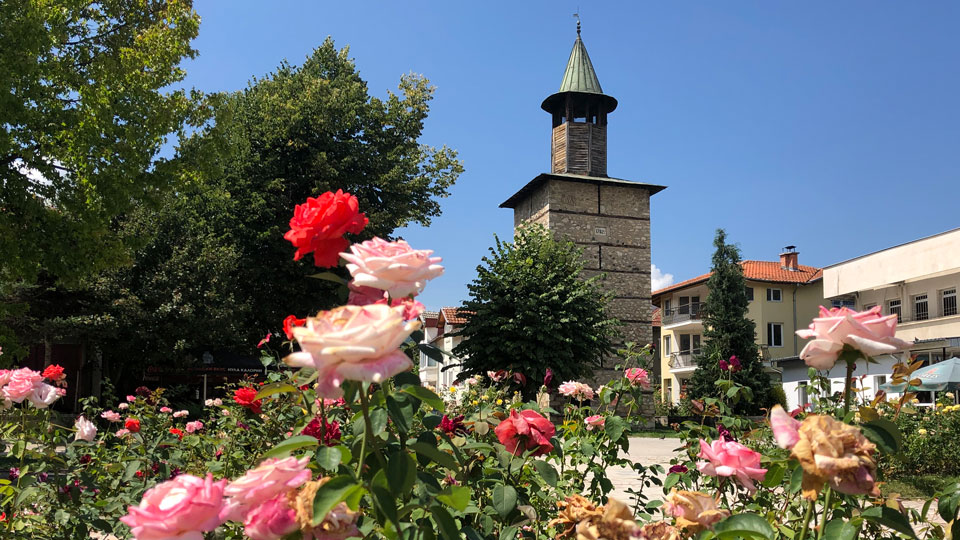
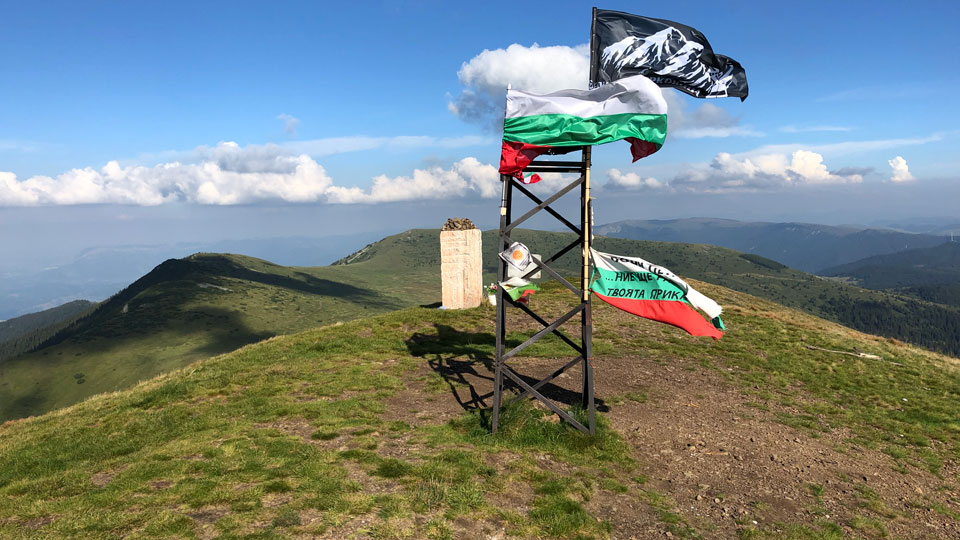
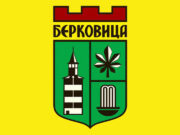
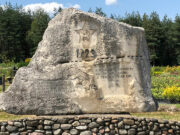
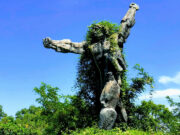
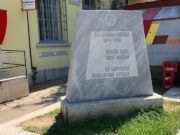
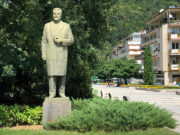
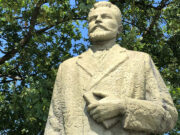
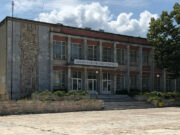
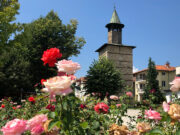
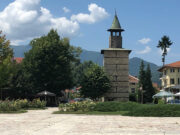
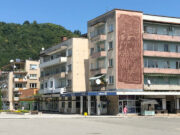
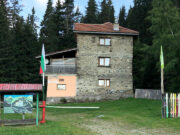
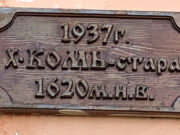
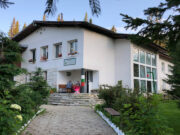
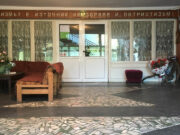
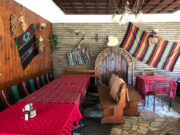
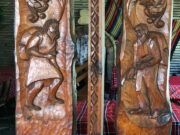
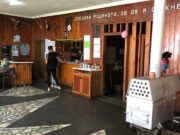
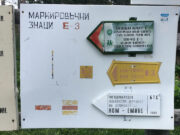
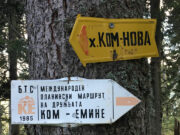

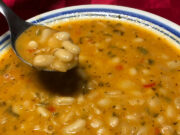
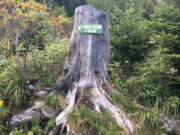

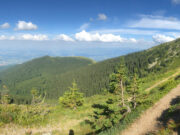
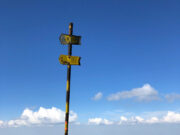
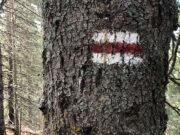

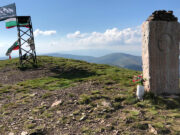
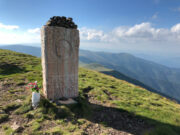
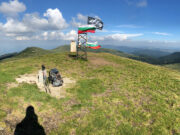
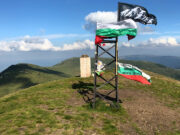
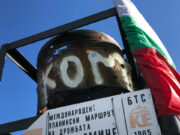
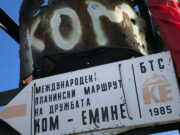

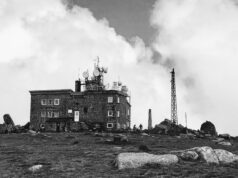
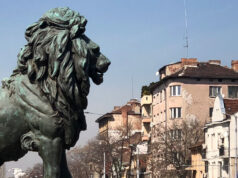
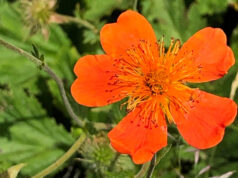
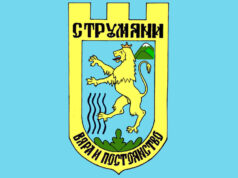
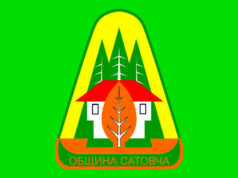
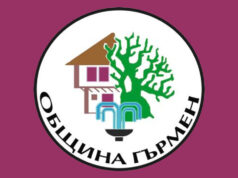
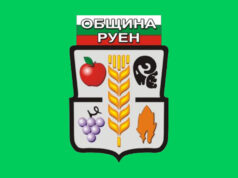
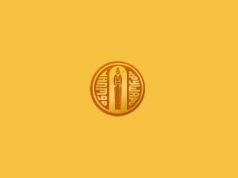
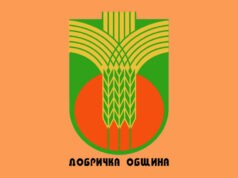

[…] Cherven Bryag • Chiprovtsi • Chirpan • Dalgopol • Debelets • Devin • Devnya • Dimitrovgrad • Dimovo • Dobrich • Dobrinishte • Dolna Banya • Dolna […]
[…] Cherven Bryag • Chiprovtsi • Chirpan • Dalgopol • Debelets • Devin • Devnya • Dimitrovgrad • Dimovo • Dobrich • Dobrinishte • Dolna Banya • Dolna […]